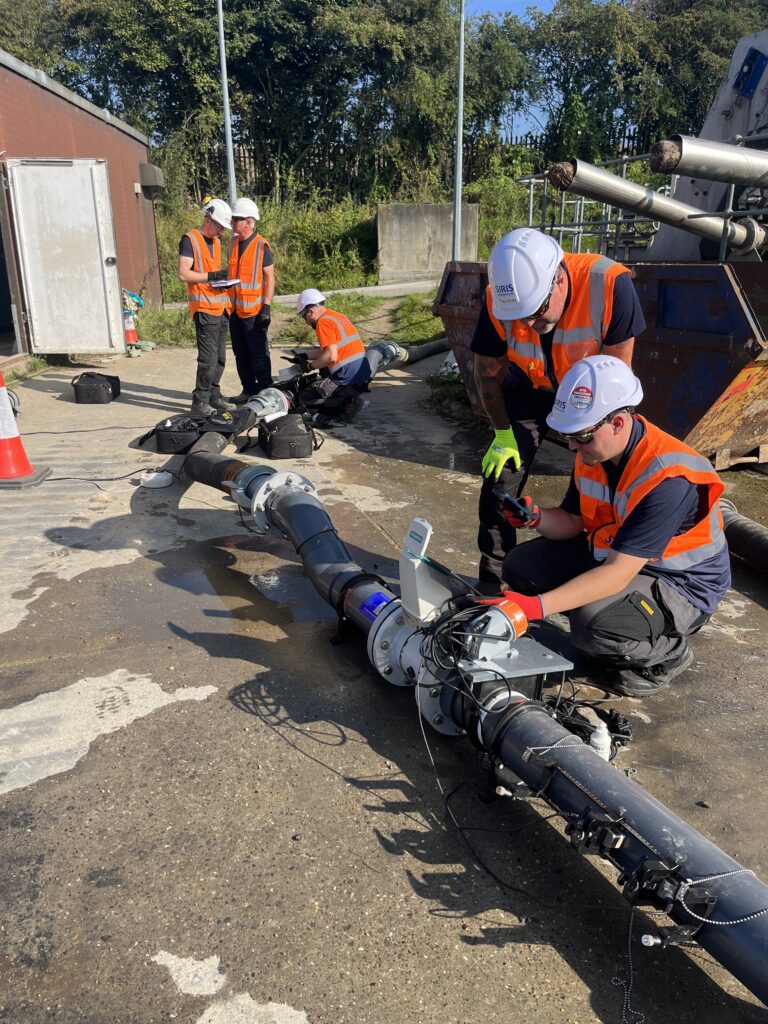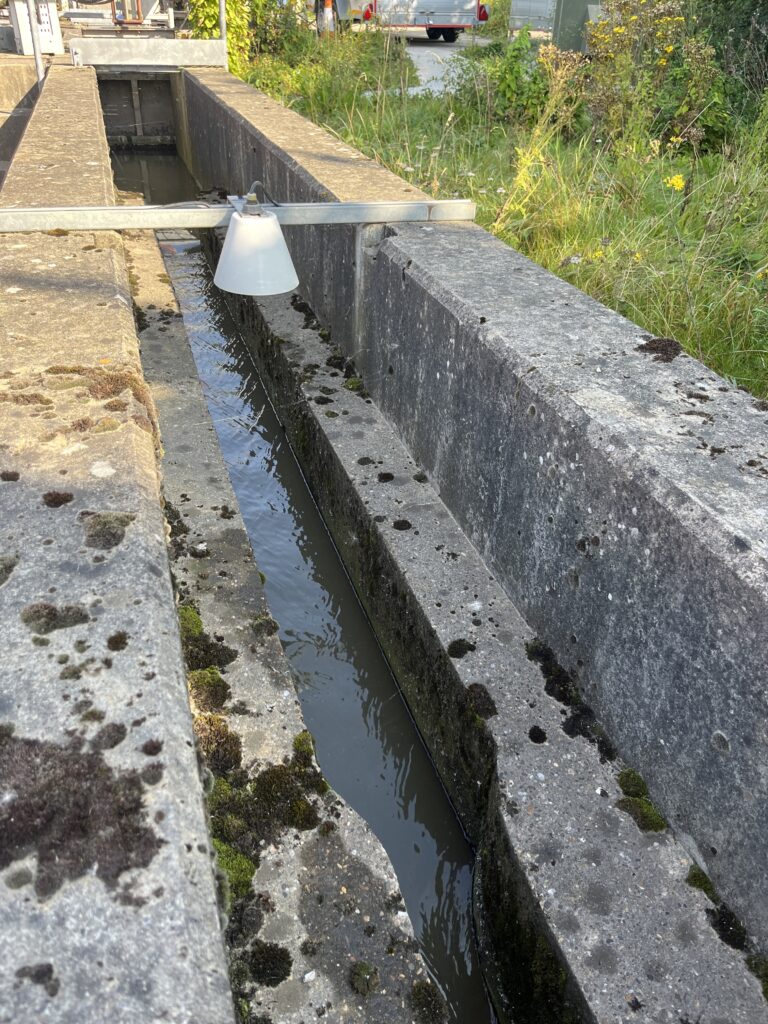
The Client Needs
A local wastewater plant client had concerns over the ability of their incumbent flow meter system to meet flow demands. The inlet was estimated at some 40+ years old and the profile of the local community that it served had changed considerably during this time. Greater levels of effluent now needed to pass through the inlet safely and be recorded accurately. There were identified concerns about existing measures in place to meet Flow Pass Forward and stormwater monitoring requirements.
Testing Planning
The originally-tested capacity of the flume was 45L per second, but the system now needed to be tested for flow of up to 64L per second to meet its potential demand.
Our team were tasked with testing the flume and flow monitoring system to ensure that it could cope with the increased demand and to check for multiple potential calibration risks – given the flume was now required to be utilised above its official design criteria. In particular we tested for:
- Poor flow control within the flume: Checking that turbulence did not increase above levels required for reliable metre readings and that the current system would be suitable for higher flows.
- Ensuring free flow discharge conditions: Checking and verifying that flow would not go into drown conditions under increased pressure, which would risk inaccurate readings and compromise the entire system. A flume reaches a drowned state when the flow out of the flume is restricted to the point where the free flow discharge equation is no longer valid, over-indicating the measured flow rate.

Testing Completed
Our testing equipment included 2 electromagnetic flow metres that we incorporated into the works to monitor flow capacity and rates. We also blocked off the storm overflow system as this is only to be used for discharge in genuine environmental cases. We then tested the flume at varying flow rates, with the following outcomes:
- In the video below we can see 50L per second flowing well and the final effluent is clean and slightly above the current normal
- 69L per second again showed controlled conditions and was just above what the client processing requirements
- We then increased the flow to 73L per second, at which point the effluent started to move into a drowned state
- Finally, at 76L per second, we witnessed a definite drowned state
The Outcome
Using our expert teams, we were able to use accurate testing conditions, calibration expertise and appropriate equipment to allow for a high level of confidence in the ability of the inlet capacity to cope with the increased flow demands.
We were able to pass the flume as being suitable to cope with the increased flow while maintaining accuracy levels, meaning the inlet did not need to be replaced and we can continue to service and inspect as appropriate.
Is your system able to cope with its current requirements?
Talk to the team today about how we can help.